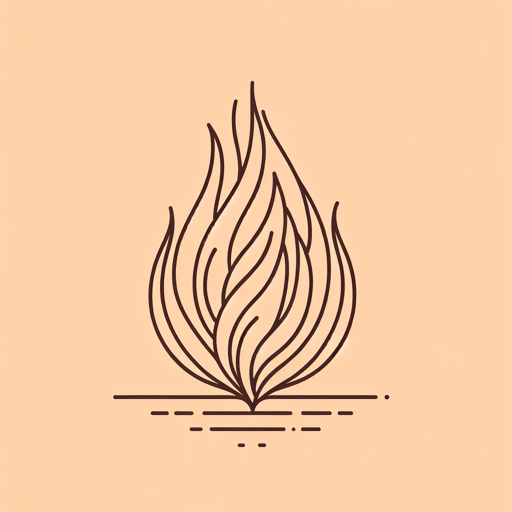26 pages • 52 minutes read
T. S. EliotFour Quartets
Fiction | Poem | Adult | Published in 1941A modern alternative to SparkNotes and CliffsNotes, SuperSummary offers high-quality Study Guides with detailed chapter summaries and analysis of major themes, characters, and more.
Literary Devices
Form and Meter
Four Quartets is entirely written in free verse. Free verse has no discernible rhyme scheme, meter, nor other pattern of language, which enables the flow of language to change tone and meaning at the poet’s whim. At times, the free verse of the Four Quartets plods along, as steady and deliberate in word choice as the grim content the words convey; other times, the lines flow as freely as the wind and the sea waves they describe. The mood of the speaker changes at various points in the poem, and free verse enables these mood shifts take place smoothly—much like the tone of a conversation can change.
Eliot is one of the most recognized modernist poets and his use of free verse reflects the early modernist tendency to write without regard for meter and rhyme. Though the Four Quartets reflects the liberated attitudes of the modernists—who eschewed formal traditional approaches to writing verses—Eliot employs rhymes and modes like the sestina. The fourth section of “East Coker” and the second section of “Little Gidding” employ a strict 







Related Titles
By T. S. Eliot
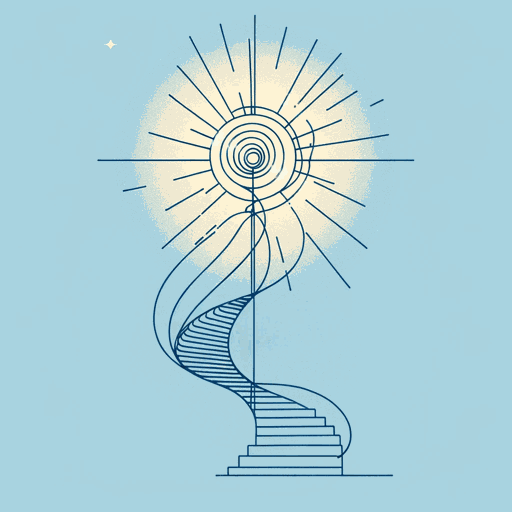
Ash Wednesday
T. S. Eliot

Journey of the Magi
T. S. Eliot
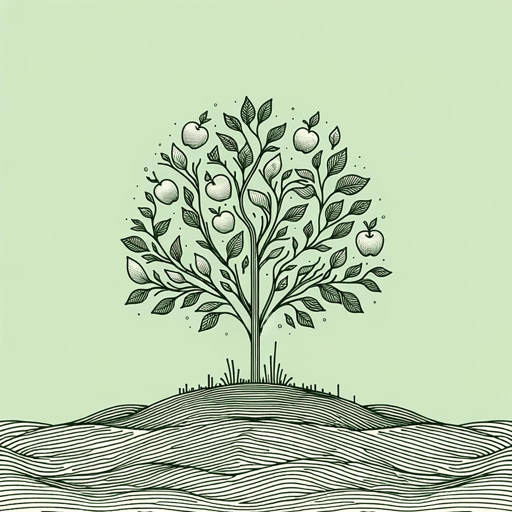
Little Gidding
T. S. Eliot
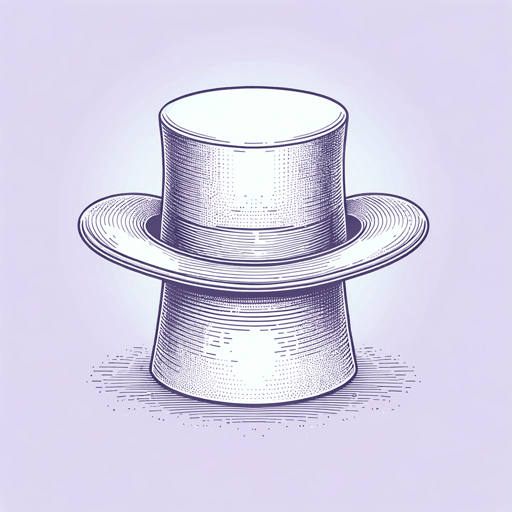
Mr. Mistoffelees
T. S. Eliot

Murder in the Cathedral
T. S. Eliot
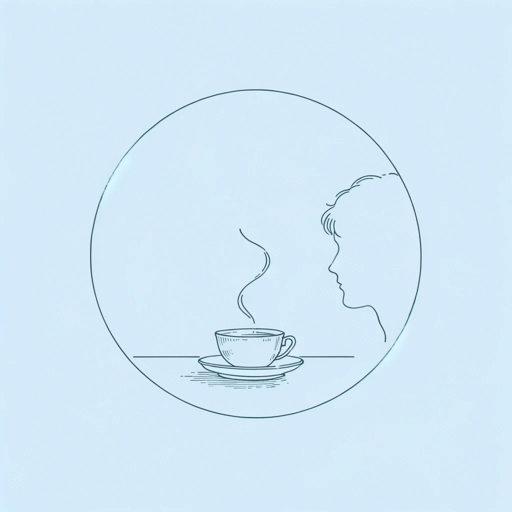
Portrait of a Lady
T. S. Eliot

Rhapsody On A Windy Night
T. S. Eliot

The Cocktail Party
T. S. Eliot

The Hollow Men
T. S. Eliot
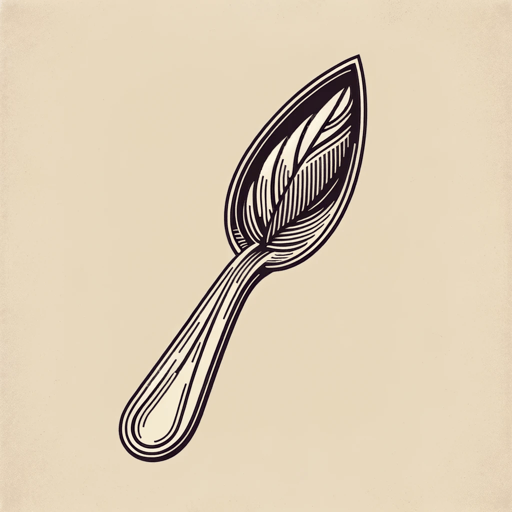
The Love Song of J. Alfred Prufrock
T. S. Eliot
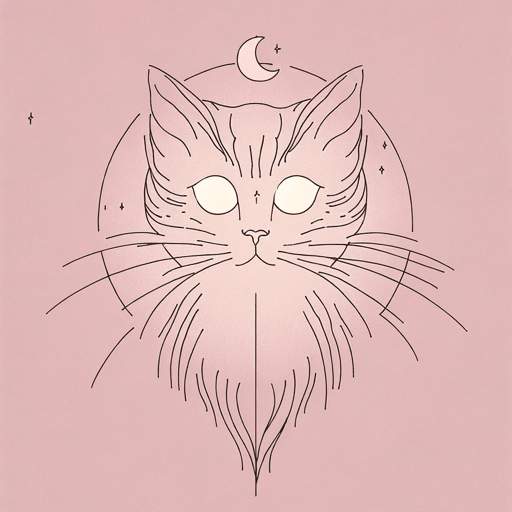
The Song of the Jellicles
T. S. Eliot
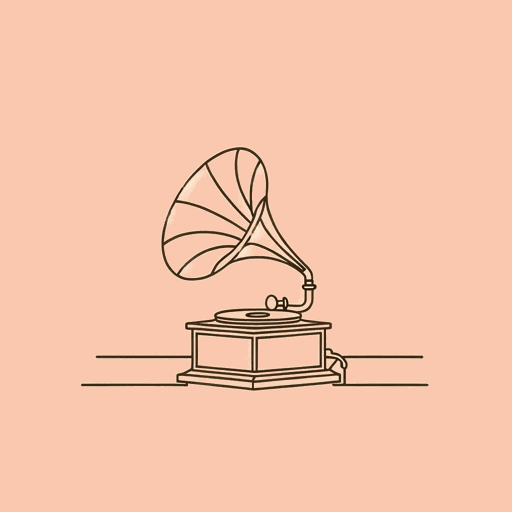
The Waste Land
T. S. Eliot
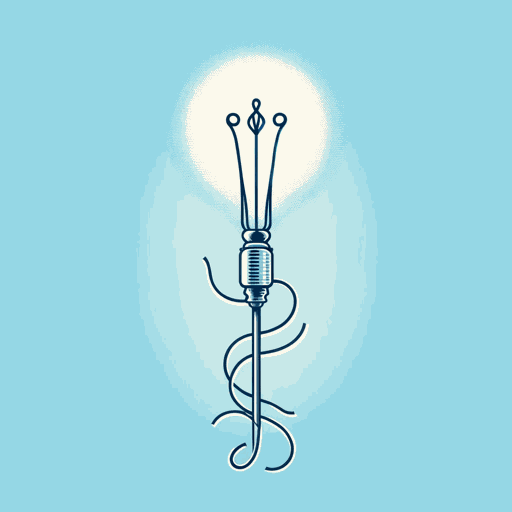
Tradition and the Individual Talent
T. S. Eliot
